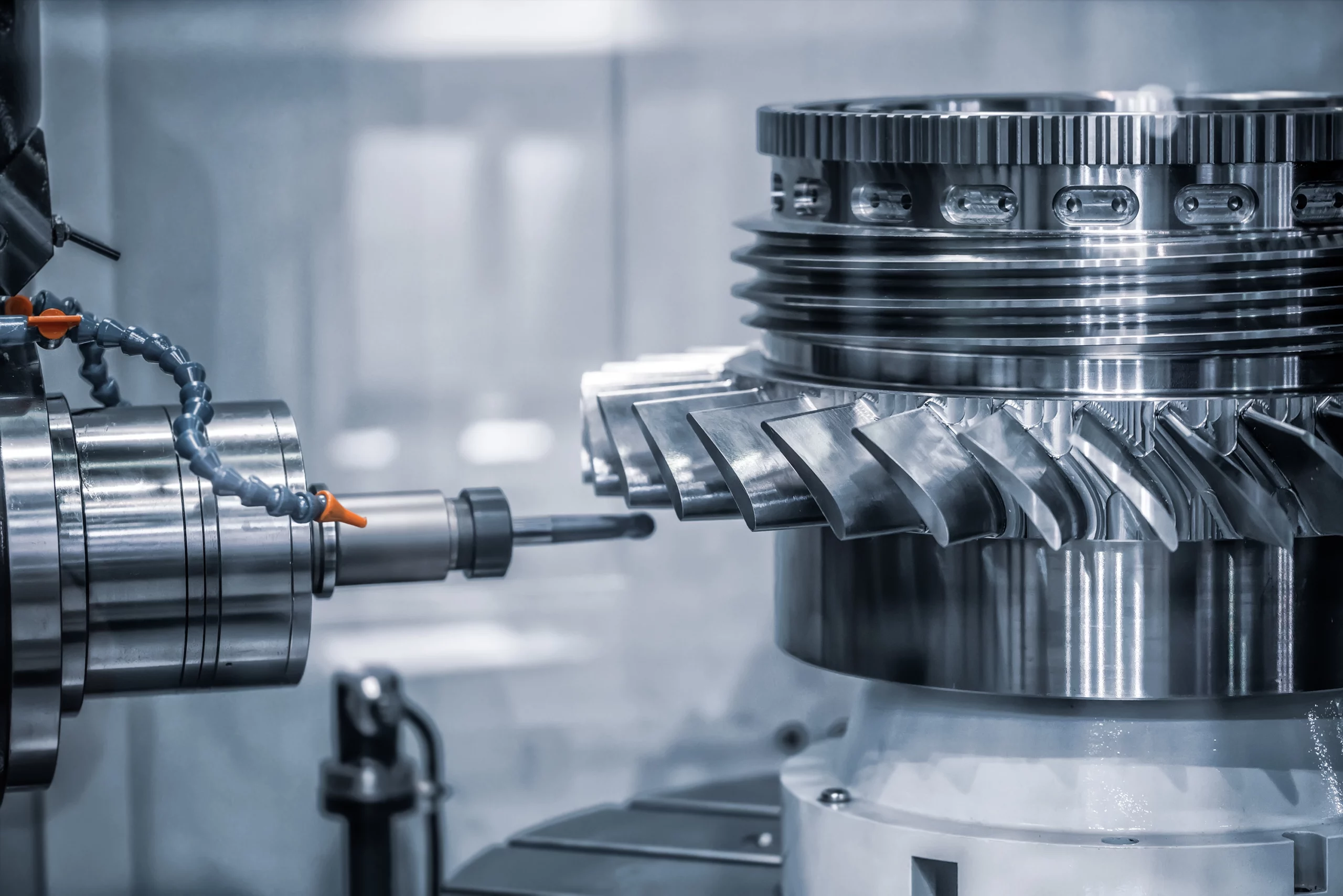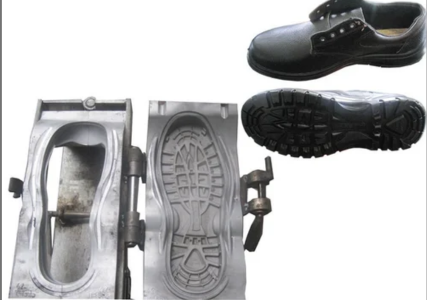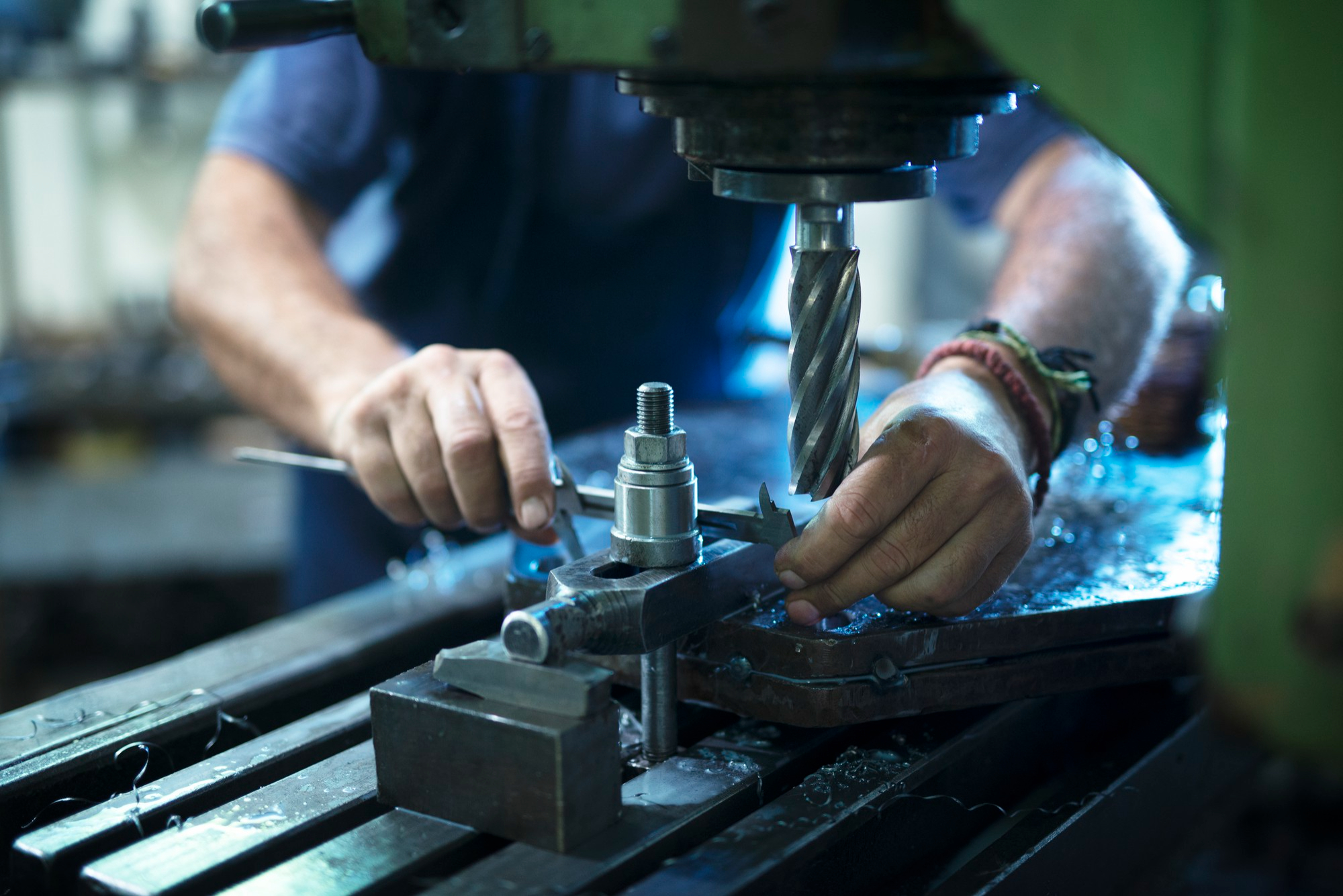CNC (Computer Numerical Control) machines are capable of producing dies with a high degree of accuracy and repeatability. In this article, we will explore the steps involved in making dies with a CNC machine.
Step 1: Design the Die
The first step in making a die is to design it. The design can be created using CAD (Computer-Aided Design) software. CAD software allows the designer to create a 3D model of the die. The designer can then refine the design until it meets the specifications.
The design should include the shape of the die, the size, and the location of any holes or cutouts. It is important to ensure that the design is precise and accurate as this will affect the final product.
Step 2: Convert the Design to a CNC Program
Once the design is complete, it needs to be converted into a CNC program. The CNC program will tell the machine how to cut the die. This is done using CAM (Computer-Aided Manufacturing) software.
The CAM software takes the 3D model created in the CAD software and creates a toolpath. The toolpath is a series of instructions that tell the machine how to move the cutting tool across the material to create the desired shape.
The CAM software also determines the speed and feed rate of the cutting tool. The speed and feed rate are important as they affect the quality of the final product.
Step 3: Choose the Material
The material chosen for the die will depend on the application. Common materials used for dies include steel, aluminum, and plastic. The material should be chosen based on its strength, durability, and ability to withstand wear and tear.
Step 4: Set up the Machine
Before the CNC machine can begin cutting, it needs to be set up. This involves securing the material to the machine and setting the cutting tool in place.
The material is typically secured to the machine using a vice or clamps. The cutting tool is inserted into the spindle and secured in place. The machine is then calibrated to ensure that it is level and accurate.
Step 5: Run the CNC Program
Once the machine is set up, the CNC program can be run. The program will guide the cutting tool across the material, cutting away material as it goes.
It is important to monitor the cutting process to ensure that the machine is cutting accurately and that the cutting tool is not becoming dull. If the cutting tool becomes dull then we have to stop the machine and change/repire that tool.
Step 6: Inspect the Die
Once the CNC machine has finished cutting the die, it is important to inspect it for accuracy and quality. The die should be inspected using measuring tools such as calipers and micrometers to ensure that it meets the specifications.
If any errors are found, the CNC program can be adjusted and the cutting process can be repeated until the desired results are achieved.
Step 7: Finish the Die
Once the die has been inspected and approved, it can be finished. This involves removing any rough edges or burrs and polishing the surface of the die to ensure a smooth finish.
The finished die should be cleaned and lubricated before use to ensure that it operates smoothly and efficiently.
Benefits of Making Dies with CNC Machines
Using a CNC machine to make dies offers several benefits over traditional methods. These benefits include:
Precision and Accuracy – CNC machines are capable of producing highly precise and accurate cuts. This ensures that the dies produced are consistent and of high quality.
Speed
– CNC machines are much faster than traditional methods of die making. This allows for quicker production times and faster turnaround times for customers.
Repeatability
– Once a CNC program has been created, it can be used repeatedly to produce identical dies. This ensures that the same level of quality is maintained throughout the production process.
Cost-effective
– While CNC machines can be expensive to purchase, they offer a cost-effective solution in the long run. The speed and accuracy of the machine, combined with the ability to produce identical dies repeatedly, can lead to significant cost savings over time.
Conclusion
Making dies with a CNC machine offers a highly precise, accurate, and cost-effective solution for die production. By following the steps outlined in this article, you can create high-quality dies that meet the specifications required for your application.
It is important to invest in high-quality materials and to ensure that the CNC machine is set up and calibrated properly before beginning the cutting process. By taking the time to inspect and finish the dies properly, you can ensure that they operate smoothly and efficiently, providing long-lasting and reliable performance.

Top 7 Benefits of Making Dies with CNC Machines
Using CNC (Computer Numerical Control) machines to make dies offers a range of benefits ove ...
Safety Boots Moulds: The Backbone of Durable Footwear Manufacturing
Across worksites, where precision meets danger, safety boots are the first line of defense. ...
